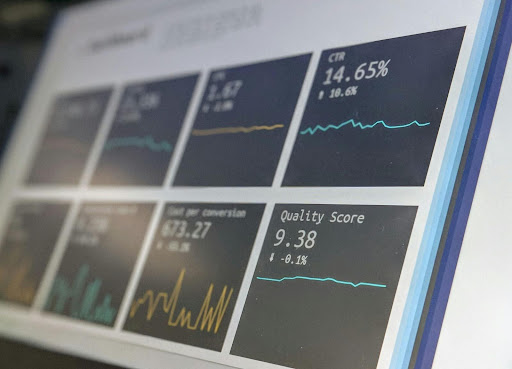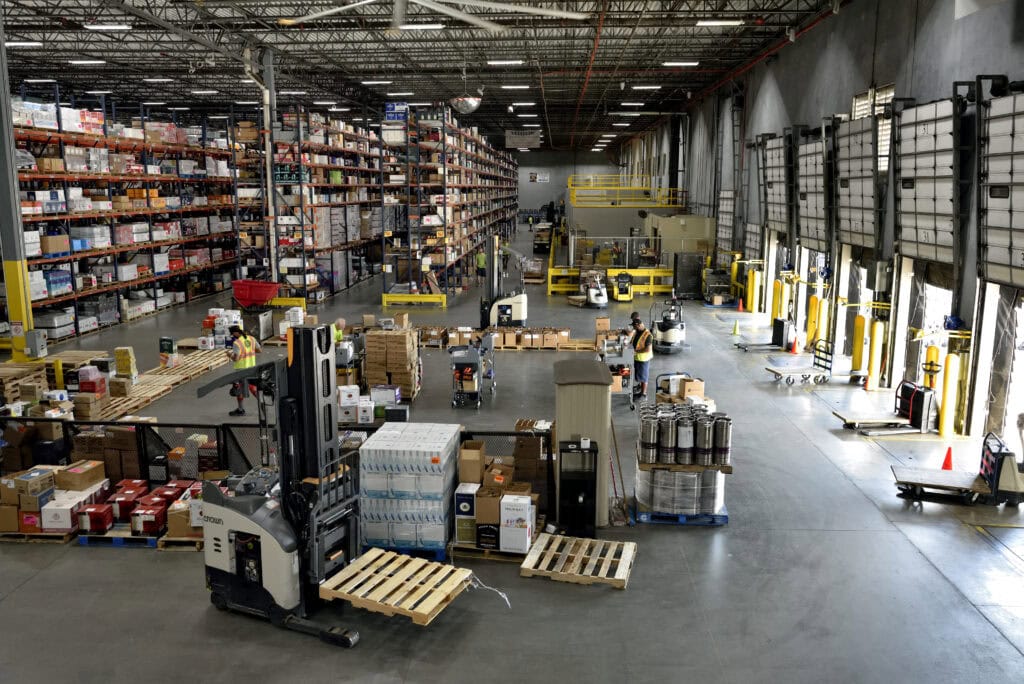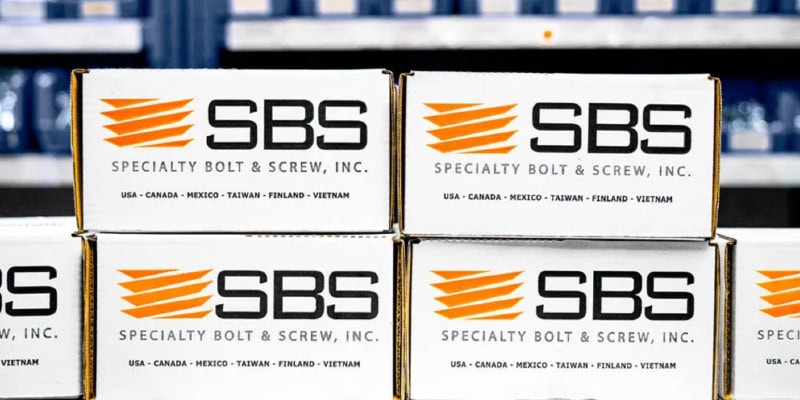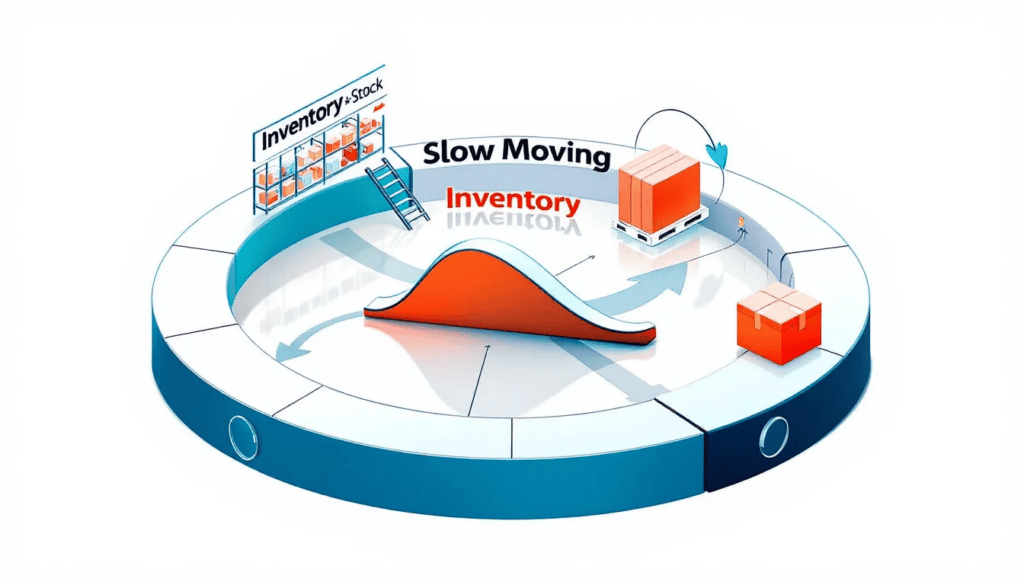Articles
Inventory Management

What is FIFO? First In, First Out: Benefits and How to Calculate
FIFO stands for “first in, first out.” It is an inventory accounting method and stock rotation strategy. Businesses use it to sell or use the oldest inventory first. If you are a business owner, FIFO is especially useful for managing inventory efficiently and ensuring accurate financial reporting. The FIFO method is used for accounting purposes, […]
Read More
Just in Case (JIC) Manufacturing: What It Is, Benefits, and Drawbacks
JIC manufacturing focuses on keeping extra stock to prepare for unexpected changes in customer demand or supplier delays. This inventory strategy aims to avoid production delays and ensure smooth manufacturing processes by holding more raw materials and finished goods than usual. Companies rely on just-in-case inventory to protect against supply chain disruptions and maintain supply […]
Read More
Optimizing Direct-to-Consumer Operations
Direct-to-consumer has transformed into a frontline revenue engine. Faster delivery demands, higher return rates, and rising last-mile costs make logistics the battleground.
Read More
GNC’s Inventory Takes Flight
GNC, a leading health and wellness brand, was looking to streamline its system for conducting physical inventories. Because the system was largely manual, and given the number of employees and the amount of equipment required for each inventory session, GNC would complete only several full cycle counts each year.
Read More
Self-Healing Inventory?
Self-healing inventory is a phrase that is being used more and more these days. It’s a take-off on the concept of a self-healing supply chain, where inventory comes alive and knows where it has to be without you always lending a guiding hand.
Read More
What Supply Chain Metrics Should Companies Watch in Uncertain Times?
How many touches an order has. How many resets and changes. How many times we say “uncertain times” (just kidding on this one). Our supply chains are becoming very complicated with IT and automation in an effort to cut cost and improve quality. But the top two show me that we are experiencing more loss […]
Read More
Diego Fonseca Strikes The Right Chord
Diego Fonseca is leading the end-to-end inbound supply chain for Southern Glazer’s Wine & Spirits, which comprises sales and operations planning, replenishment, inventory management, and supplier relationships, as well as logistics and the supply chain center of excellence.
Read More
Predictive Analytics in Inventory Management: Definition, How It Works, and Benefits
As markets shift quickly and supply chains grow more complex, predictive analytics inventory management has become a key strategy for staying ahead. It uses historical data, algorithms, and statistical models to improve how businesses handle stock, supply chain operations, and customer demand Instead of reacting to problems after they happen, companies can now use predictive […]
Read More
UPC Meaning: What It Is, Types, and How to Get
Running a business today means staying organized, especially when selling products globally or across online marketplaces. Mismanaging items leads to errors, confusion, and lost sales. That’s where understanding UPC meaning becomes essential. A UPC—short for Universal Product Code—is a unique number and a type of bar code used for product identification. The barcode symbol, which […]
Read More
What is LIFO? Definition, Benefits, and Real World Use of Last In, First Out
Inventory valuation shapes how businesses report profits and manage taxes. The LIFO method—Last In, First Out—assigns the cost of the most recent purchases to the cost of goods sold, often reducing taxable income when prices rise. LIFO is one of several cost flow assumptions used in inventory accounting to determine how inventory costs are allocated […]
Read More
Inventory Planning: What It Is, Importance, and Challenges
Running out of stock or holding too much inventory can ruin profit margins, cause customer dissatisfaction, and throw operations off balance. Businesses that ignore planning often face lost sales, cash issues, and wasted storage space. Whether managing a retail store, manufacturing line, or online shop, one thing is clear: inventory planning is not optional. Smart […]
Read More
Inventory Forecasting: Formulas, Methods, Benefits and How to Implement
Running out of stock during peak demand or wasting money on unsold goods can hurt both profits and customer trust. Many businesses face this challenge because they don’t forecast their inventory needs correctly. That’s where inventory forecasting steps in. Companies use different methods like EOQ and ROP to enhance their inventory management, incorporating both quantitative […]
Read More
ABC Analysis: Definition, Importance, and Implementation
ABC analysis stands out as a fundamental approach in managing inventories effectively. By categorizing the total inventory items into three groups—A, B, and C—based on their value and consumption rates, businesses can prioritize their resources and focus on the most impactful items. This guide explores the intricacies of ABC analysis, providing a comprehensive understanding […]
Read More
What is MRP? History, Definition, and How it Works
Running a manufacturing process without an organized system often leads to chaos—too many raw materials or not enough to meet customer demand. That’s where material requirements planning (MRP) comes in. So, what is MRP? It’s a planning system that helps production managers calculate the materials needed, schedule production efficiently, and balance inventory levels with actual […]
Read More
Bolting Ahead: Specialty Bolt & Screw Tightens its Supply Chain
Specialty Bolt & Screw, Inc. (SBS), a leading provider of fastening solutions, offers more than 15,000 SKUs across 12 locations, and manages a complex global supply chain. As a result, it required a more efficient and accurate inventory management and forecast function than it was able to achieve with its older, homegrown system.
Read More
Understanding Slow Moving Inventory Definition: Identify and Manage Your Stock Efficiently
Understanding and managing slow-moving inventory is crucial for maintaining a healthy and efficient inventory system. By identifying the causes, using key metrics for identification, and implementing effective management and preventive strategies, businesses can turn their slow-moving stock into a streamlined asset.
Read More
Just-In-Time Inventory: Definition, Advantages, Disadvantages
Just-In-Time inventory, or JIT, is a strategy that streamlines a business’s inventory and improves efficiency by receiving goods only as they are needed and minimizing inventory costs. This method helps maintain a lean inventory, significantly enhances cash flow, and reduces waste. In this guide, we will extensively review the JIT inventory system, exploring its core […]
Read More
MOQ Meaning: Its Formula, and How To Optimize It
Minimum Order Quantity (MOQ): Meaning, Formula, and How To Optimize It Minimum Order Quantity (MOQ) represents the smallest amount of a product a supplier is willing to sell at one time. Businesses commonly use minimum order quantities to streamline production processes, manage costs, and meet operational demands. Understanding MOQs ensures better planning and efficient inventory […]
Read More
Warehouse vs. Inventory: Their Roles And Differences
Understanding the crucial differences between warehouses and inventory is essential for operational excellence in supply chain logistics. This article explores the roles and connections between warehouse capacities, inventory management, and their impact on inventory and warehouse operations in enhancing overall supply chain efficiency. Understanding Inventory Management Definition and Key Concepts Warehouse management is the […]
Read More
VAI and Kinnunen: Constructing Efficient Inventory Management
Kinnunen, a family-owned business that offers a range of construction supplies—from air compressors to wood glue—has enjoyed so much growth that its enterprise resource planning (ERP) system was struggling to keep up. This hindered the company’s ability to effectively manage inventory and serve customers.
Read More